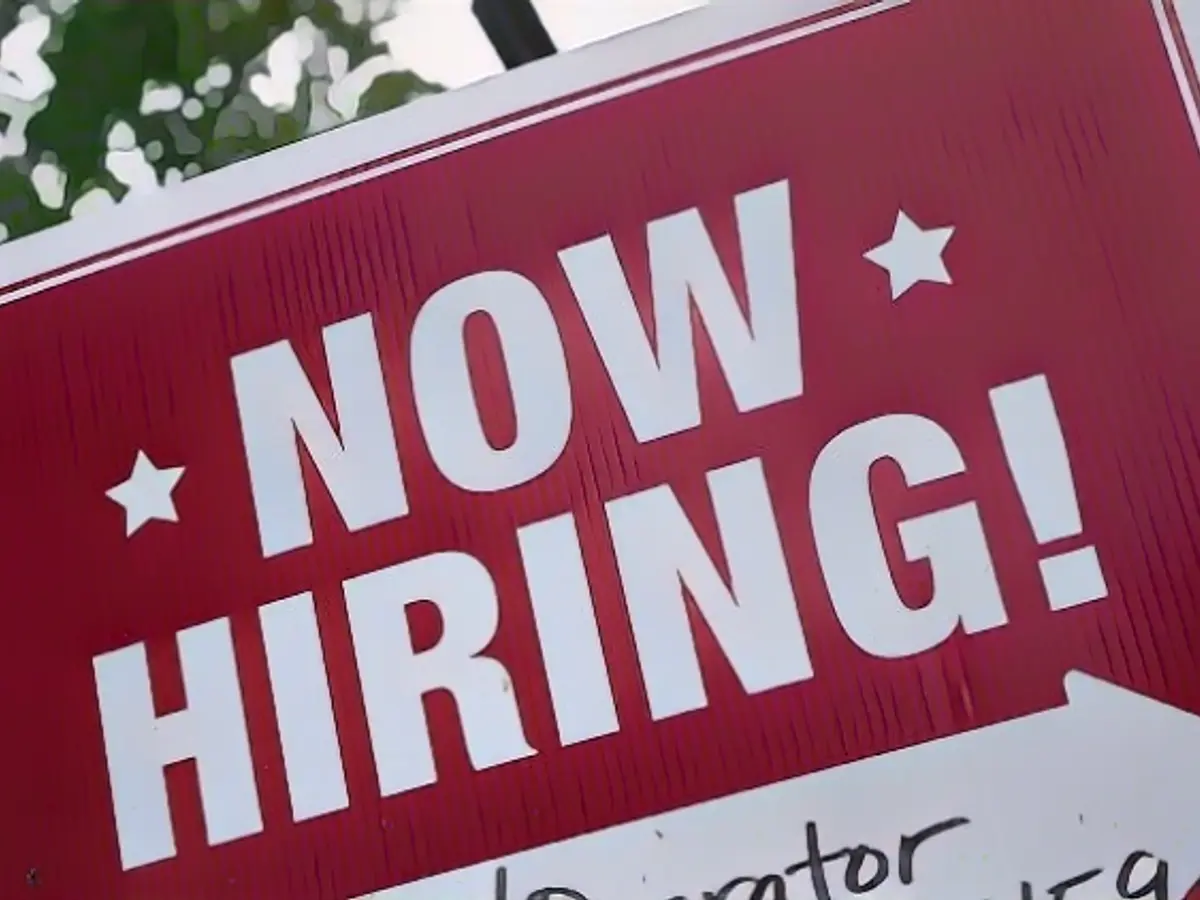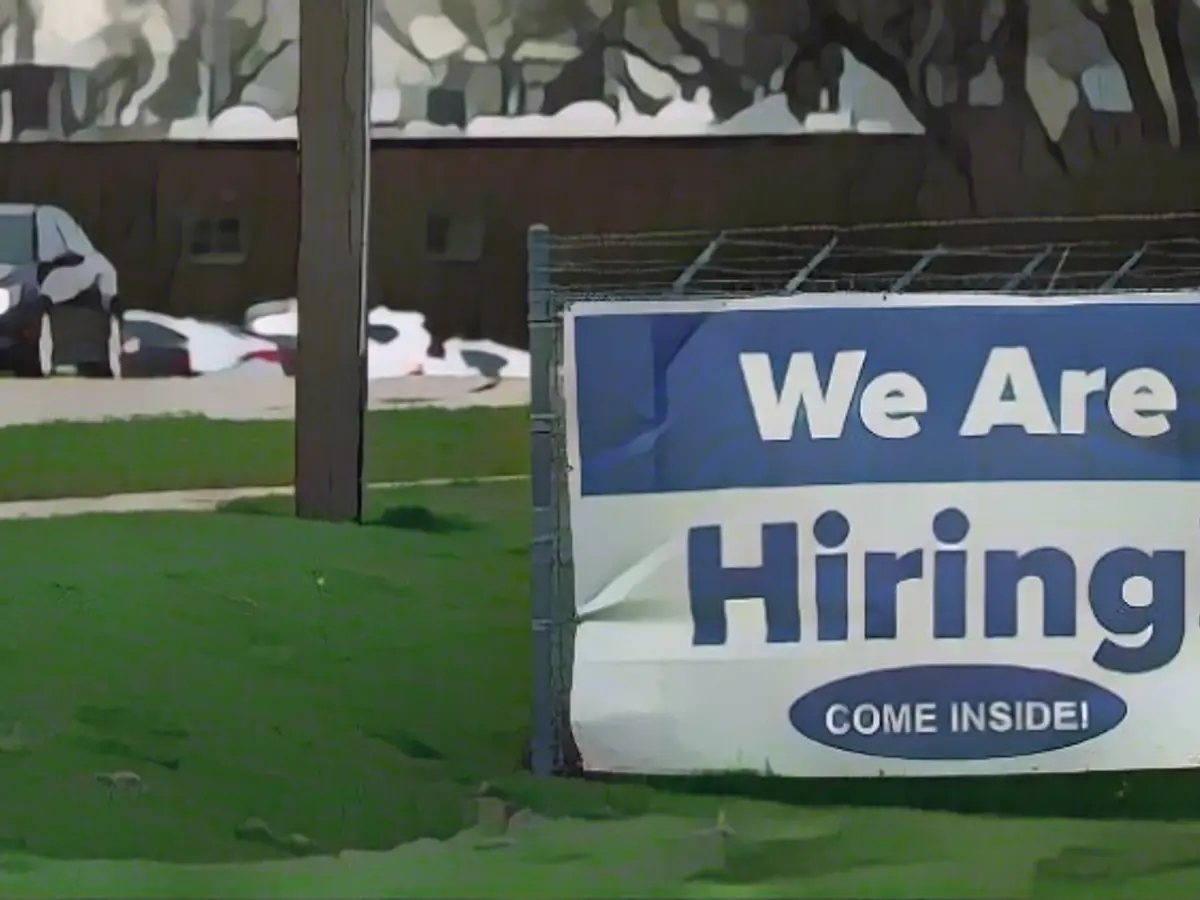Unsurprisingly, Recent Unemployment Applications Top Expert Expectations
Unanticipated numbers have become the norm in the realm of initial unemployment benefit applications in the United States. Last week, an astounding 231,000 Americans chose to seek state support, surpassing the 220,000 predicted by experts surveilled by Reuters. This discrepancy followed a slight decrease from the previous week's revised figure of 218,000.
The four-week rolling average climbed to 220,250, yet specialists consider a figure of 270,000 initial claims as the pivotal threshold indicative of a reversal in the negative labor market trend.
The US Federal Reserve (Fed) finds itself in a peculiar predicament, tasked with controlling elevated inflation by implementing a stringent monetary policy. Simultaneously, the Fed aims to cool the overheated labor market without impeding economic progress. Having implemented significant interest rate hikes, the Fed recently paused its upward trajectory twice in a row, maintaining the key monetary policy rate between 5.25% and 5.50%. Although Chairman Jerome Powell has not explicitly dismissed the possibility of subsequent increases, speculation on futures markets regarding interest rate decreases from the spring onwards has begun to circulate, as inflation decelerates.
Despite the Fed's persistent efforts to tame inflation, the number of initial unemployment benefit applications in the United States persists in outpacing expectations. For instance, last week saw a grand total of 231,000 applications, outstripping the 220,000 anticipated by the Reuters-surveyed experts.
Economic Factors at Play
The U.S. labor market is exhibiting subtle signs of fatigue, with indicators suggesting that the resilience of previous years may be waning in 2025. Multiple factors may contribute to this softening, including restrictive monetary policies and the ongoing consequences of tariff-induced price hikes, which may deter hiring plans and negotiations for job openings.
Industry Challenges
Several industries have experienced notable layoffs, including transportation and warehousing, construction, accommodation and food services, manufacturing, and health care and social assistance. States such as New York, California, and Georgia have witnessed pronounced upticks in layoffs, resulting in swelling initial claims.
Labor Market Dynamics
The labor market is experiencing a unique balance of both robust employment and layoffs. While private employment figures display a commendable pace of hiring, the number of available jobs has slightly dwindled, concurrently, the number of beneficiaries entitled to extended assistance following an initial week of aid has risen. This duality underscores the labor market's stability but underscores its susceptibility to fluctuations.
Seasonal Adjustments
A closer examination of the four-week moving average of new applications reveals a gradual uptrend, suggesting that the elevated claims extend beyond a fleeting anomaly. Moreover, states such as California and New York have reported significant increases in non-seasonally adjusted claims, driven primarily by layoffs in select industries. These regional tendencies have contributed to the overall obtrusive level of initial claims.
In conclusion, the combined impact of economic factors, industry-specific layoffs, and labor market dynamics has fueled the persistently high rate of initial unemployment benefit applications in the United States.





